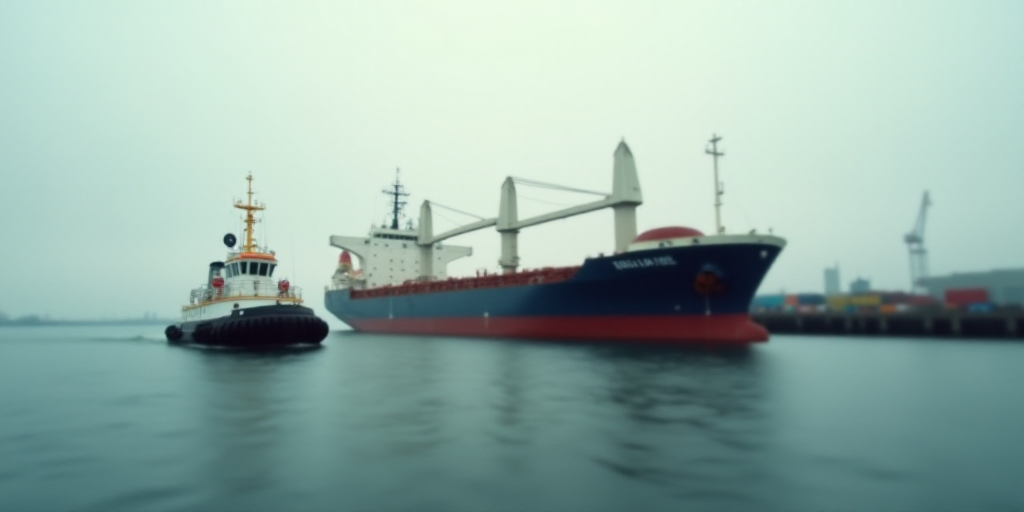Background on the Panama Canal and its Significance
The Panama Canal, a vital global shipping route connecting the Atlantic and Pacific Oceans, is bracing for a significant financial impact. The canal’s administrator, Ricaurte Vásquez, has announced that the upcoming fiscal year is expected to bring in approximately $400 million less in revenue due to a projected decline in maritime traffic.
Current Economic Context and Trade Slowdown
Vásquez highlighted the current economic climate as a key factor contributing to this anticipated decrease. The global economy is experiencing a slowdown, exacerbated by the ongoing trade war initiated by U.S. President Donald Trump.
Projected Decline in Maritime Traffic
The Panama Canal Authority forecasts a reduction of 1,100 to 1,200 fewer transits compared to the current year. This year, it is estimated that around 13,900 vessels will navigate through the canal, transporting approximately 520 million tons of cargo.
Financial Impact on the Canal
Despite the projected decrease in overall revenue, the Panama Canal remains optimistic about its financial contributions to the Panamanian government. The canal is expected to generate around $3.194 billion (€2.738 billion) for the government in the upcoming fiscal year, which is $400 million more than the current year.
Key Questions and Answers
- What is causing the anticipated decrease in revenue for the Panama Canal? The primary factors are the global economic slowdown and the trade war initiated by U.S. President Donald Trump.
- How many fewer transits does the Panama Canal expect? The canal anticipates between 1,100 and 1,200 fewer transits compared to the current year.
- What is the projected total number of transits for the current year? Approximately 13,900 vessels are expected to navigate through the canal this year.
- How much revenue does the Panama Canal expect to generate for the Panamanian government in the upcoming fiscal year? The canal is projected to generate around $3.194 billion (€2.738 billion) for the government in the upcoming fiscal year.
The Panama Canal: A Brief Overview
The Panama Canal, completed in 1914 after more than a century of effort, is an engineering marvel that revolutionized global shipping. Connecting the Atlantic and Pacific Oceans, it allows ships to avoid the lengthy and treacherous route around the southern tip of South America, known as Cape Horn. The canal’s strategic importance has only grown over time, as it continues to accommodate an increasing volume of international trade.
Impact on Global Trade
The Panama Canal’s significance extends beyond its financial implications for the Panamanian government. As a critical link in the global supply chain, any disruption or decrease in its usage can have far-reaching consequences for international trade. The anticipated decline in maritime traffic through the canal may signal a broader slowdown in global commerce, reflecting the current economic climate.
Ricaurte Vásquez: Panama Canal Administrator
Ricaurte Vásquez, as the administrator of the Panama Canal, plays a crucial role in overseeing the canal’s operations and ensuring its continued relevance in the global shipping landscape. His recent statements regarding the anticipated decrease in maritime traffic underscore the delicate balance between global economic forces and the canal’s financial health.






